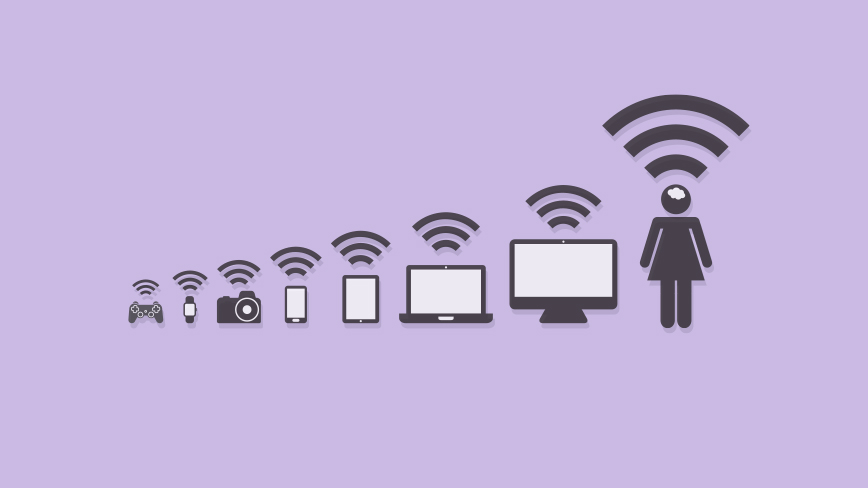Today’s consumers lead more active digital lives than ever before and in the process, they’re active on more platforms. Now that cell phones, video game consoles, televisions and even thermostats are enabling people to utilize online functionality, consumers are constantly connected to a multitude of devices. That means companies will need to adapt in order to reach customers through their preferred channels.
Here is how brands can achieve these goals to win over networked consumers:
1. Prioritize Platform Accessibility
Your most important goal is to ensure that your web presence can be visible from any type of device. Mobile Google searches surpassed desktop searches as of a month ago. Google has also started putting companies that have mobile-friendly sites closer to the top of search results.
Since more traffic is originating from mobile devices, companies need responsive, mobile-friendly web designs.
2. Move Towards an Omnichannel Experience
Omnichannel is a term that has been appearing more frequently. Over the past few years it has transformed from a forward-thinking buzzword to a full-blown realizable strategy. Hyper-connected users must be able to receive a consistent experience on multiple digital platforms. A brand’s image and value statements should be just as evident on Twitter as they are on their website.
Brands must be able to deliver the types of connected experiences within retail locations. While this goal was a hypothetical one in the past, new technologies are making it a reality. Devices like digital signage and beacons can work together to create dynamic, textured experiences that merge digital and physical shopping. This sort of program can drive retail traffic and channel in-store mobile use towards branded messages.
In addition, make sure your customers have flexible options when it comes to deciding between online or physical shopping experiences. Offering choices like quick in-store pickup for online ordering, ship-from-store options or even providing up-to-the-minute inventory checks on your website can reduce friction and open up new commercial pathways.
3. Connect with Consumers Wherever They Are Found
You have to engage customers with interesting conversations and strategies that capture their imaginations. Platforms like Facebook should be more than just a venue for publishing inconsequential viral content or notices on recent promotions. Instead, members of your staff should take efforts to humanize your brand and engage with customers one-to-one.
A simple way to begin practicing this goal is to respond to any direct messages, tags and mentions of your brand. Play along with people’s jokes, respond to their concerns and show appreciation for their compliments. Rewarding engagement in this way can encourage more attention on highly visible platforms.
Also, make sure you can cultivate the type of content that drives readership and shares. The content you provide should back up branded messages of value and emotional qualities your products can offer. For example, a motor oil company can write about ways to improve the performance of vehicles in general, while a sporting goods company can inspire readers with the greatest outdoor photo-op destinations.
Exploring all of your available digital tools in this way will help your brand avoid an image of seeming passé or un-relatable. Hyper-connected consumers must have an image of a brand that is an active participant in their lives and that can be found wherever they turn.
Using data to simplify decision making can help brands find these types of conversations and measure the effectiveness of digital branding efforts.

